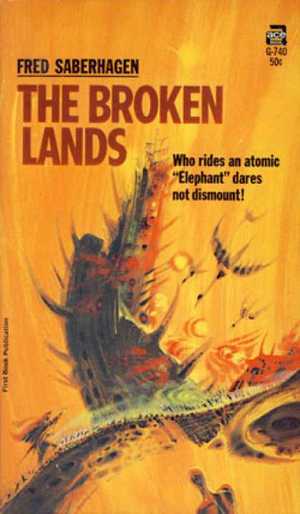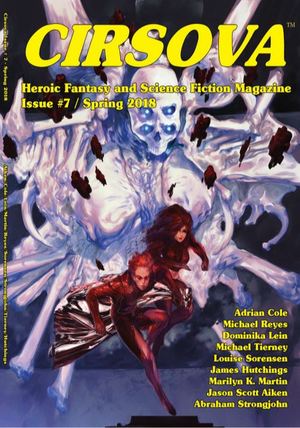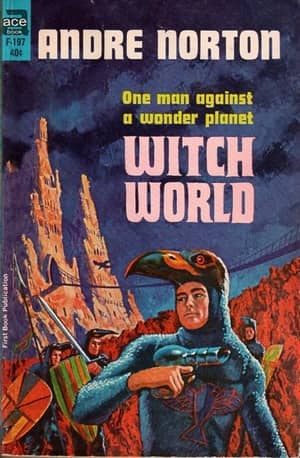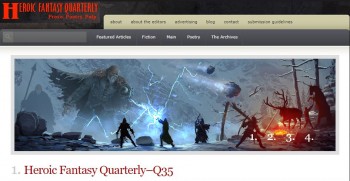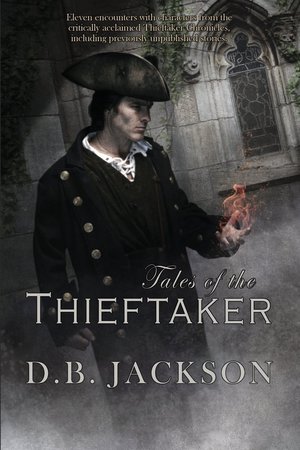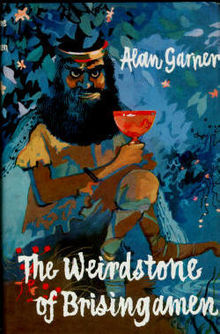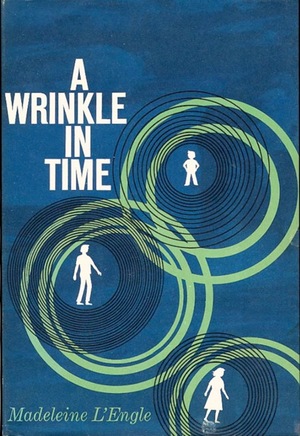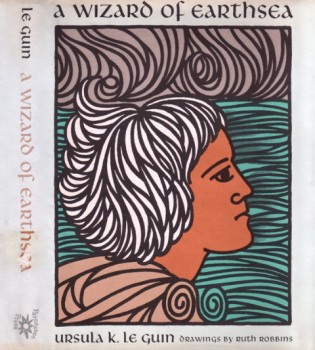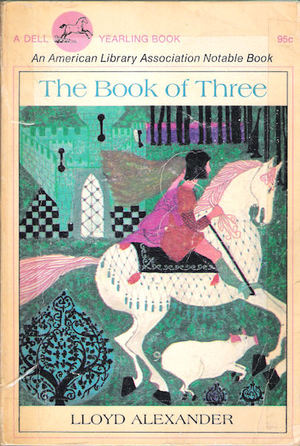Demons and Monsters: The Black Mountains by Fred Saberhagen
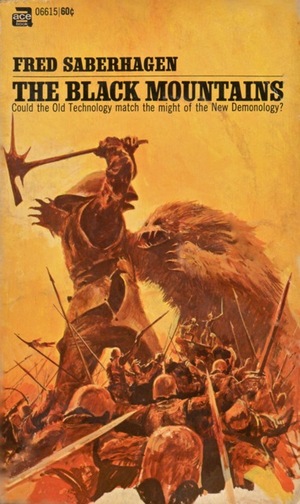 I ended last week’s review of The Broken Lands (the first part of Fred Saberhagen’s The Empire of the East) by saying it felt like something big was coming. I was right! The second book, The Black Mountains (1971), is one great big splashy explosion of pulp majesty. Even though I liked The Broken Lands, I didn’t get why Gary Gygax included it in Appendix N, the list of books that inspired his initial vision of D&D. Now I get it, 100% and absolutely.
I ended last week’s review of The Broken Lands (the first part of Fred Saberhagen’s The Empire of the East) by saying it felt like something big was coming. I was right! The second book, The Black Mountains (1971), is one great big splashy explosion of pulp majesty. Even though I liked The Broken Lands, I didn’t get why Gary Gygax included it in Appendix N, the list of books that inspired his initial vision of D&D. Now I get it, 100% and absolutely.
Following the defeat and death of the villain, Satrap Ekuman, the Free Folk of the West are preparing to bring the war directly to the Empire of the East. Som the Dead is one of the greatest lords of the Empire, and its viceroy in the Black Moutains. Each of the lords has given himself to the demonic powers that rule the Empire and in exchange received special abilities. Som’s is that any attacks on him are reflected back at his opponents, making him nigh invulnerable.
In addition, among his army is an elite guard who wear metal collars. When they are severely or mortally wounded near the mountains, they are carried off to a secret lake of healing elixir by flying metal devices called valkyries. Finally, living under the mountains Som rules over, is the mighty and powerful demon, Zapranoth. To face him unprotected by magic leads to madness. With him live several other, lesser demons. It would seem Som the Dead is impossible to overcome.
Against these enemies Thomas, commander of the Free Folk, plans to lead his army. Fortunately, he is aided by wizards of his own, Gray foremost among them. He has secured the services of a djinn that posessess an understanding of technology, something magic has difficulty overcoming. Thomas has also found and captured the essence of two of Som the Dead’s demons. Control of a demon’s essence allows the owner to command or even destroy the demon. Deprived of two major elements of his army, Som the Dead may just be vulnerable to defeat.
